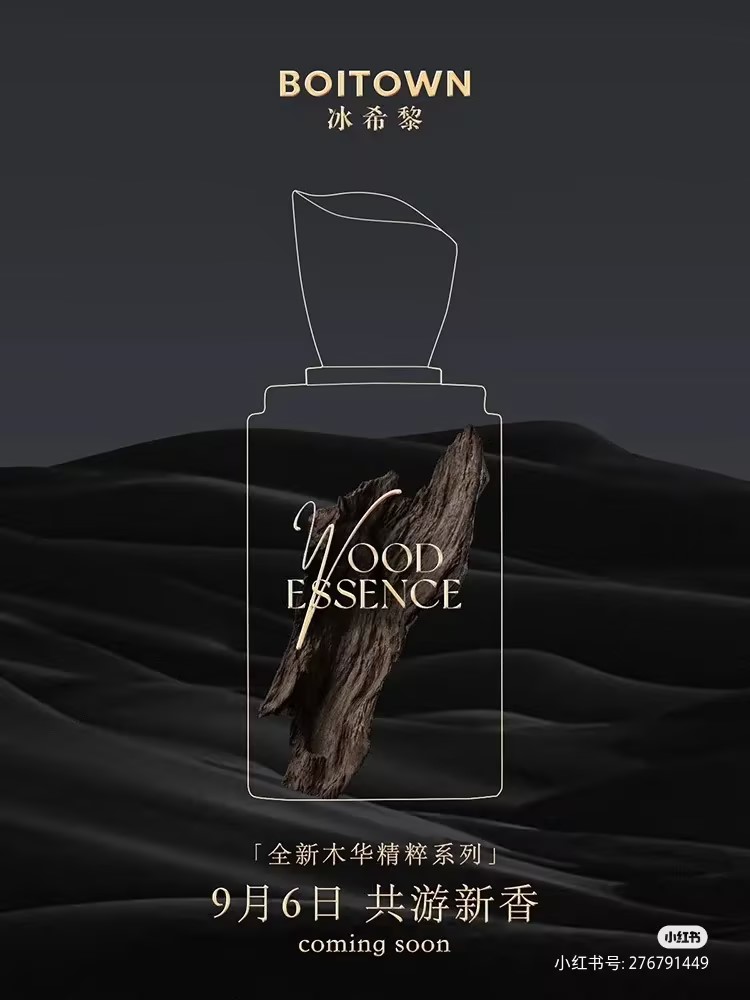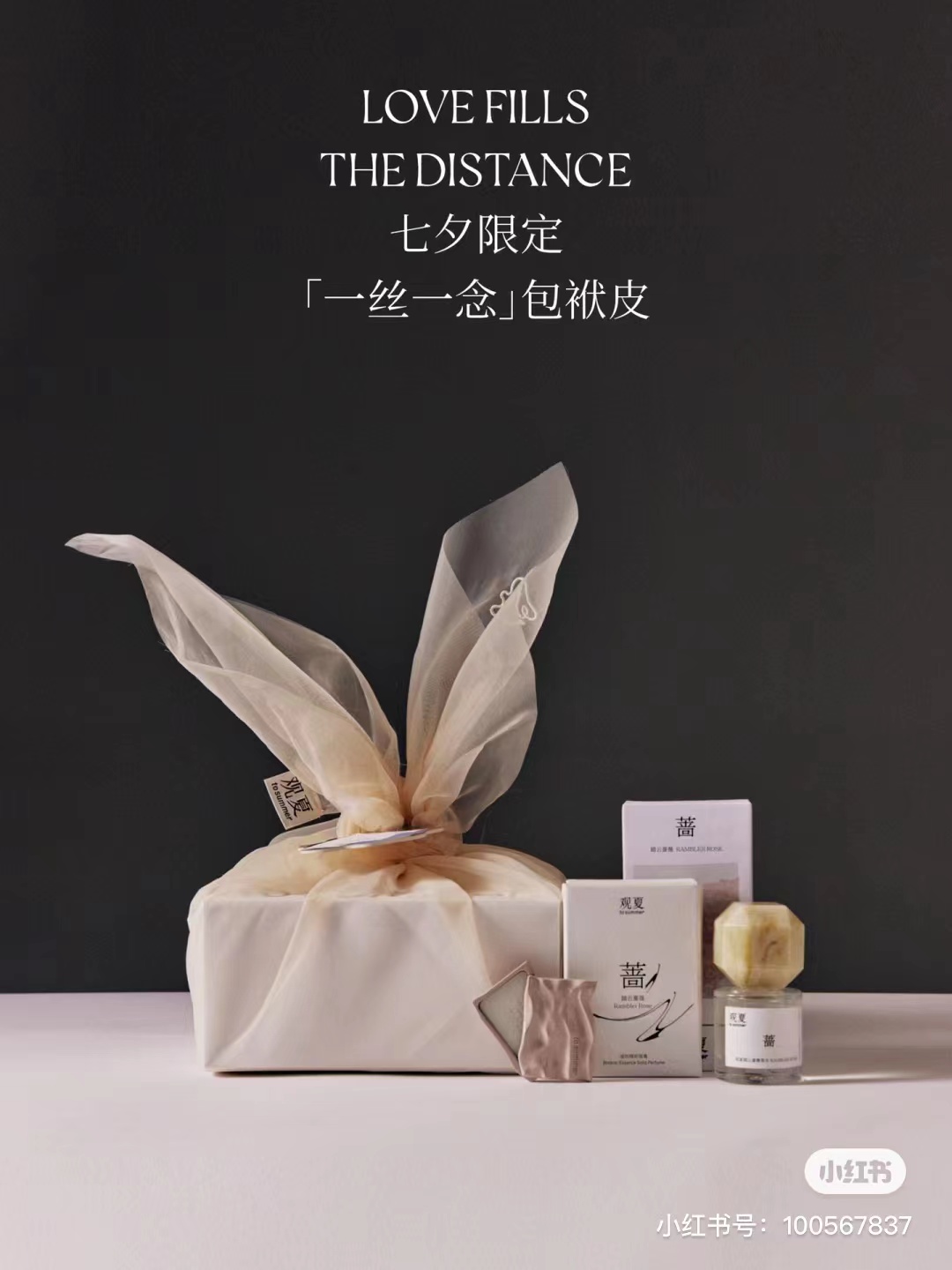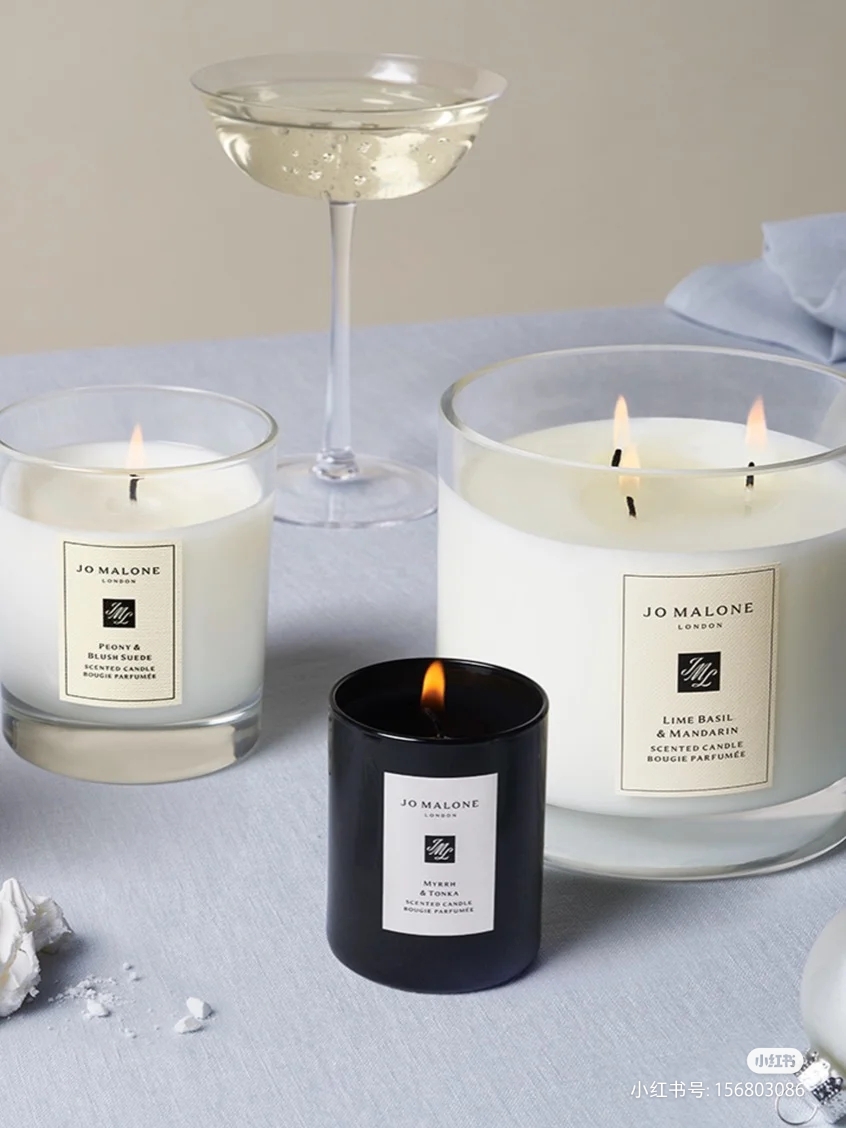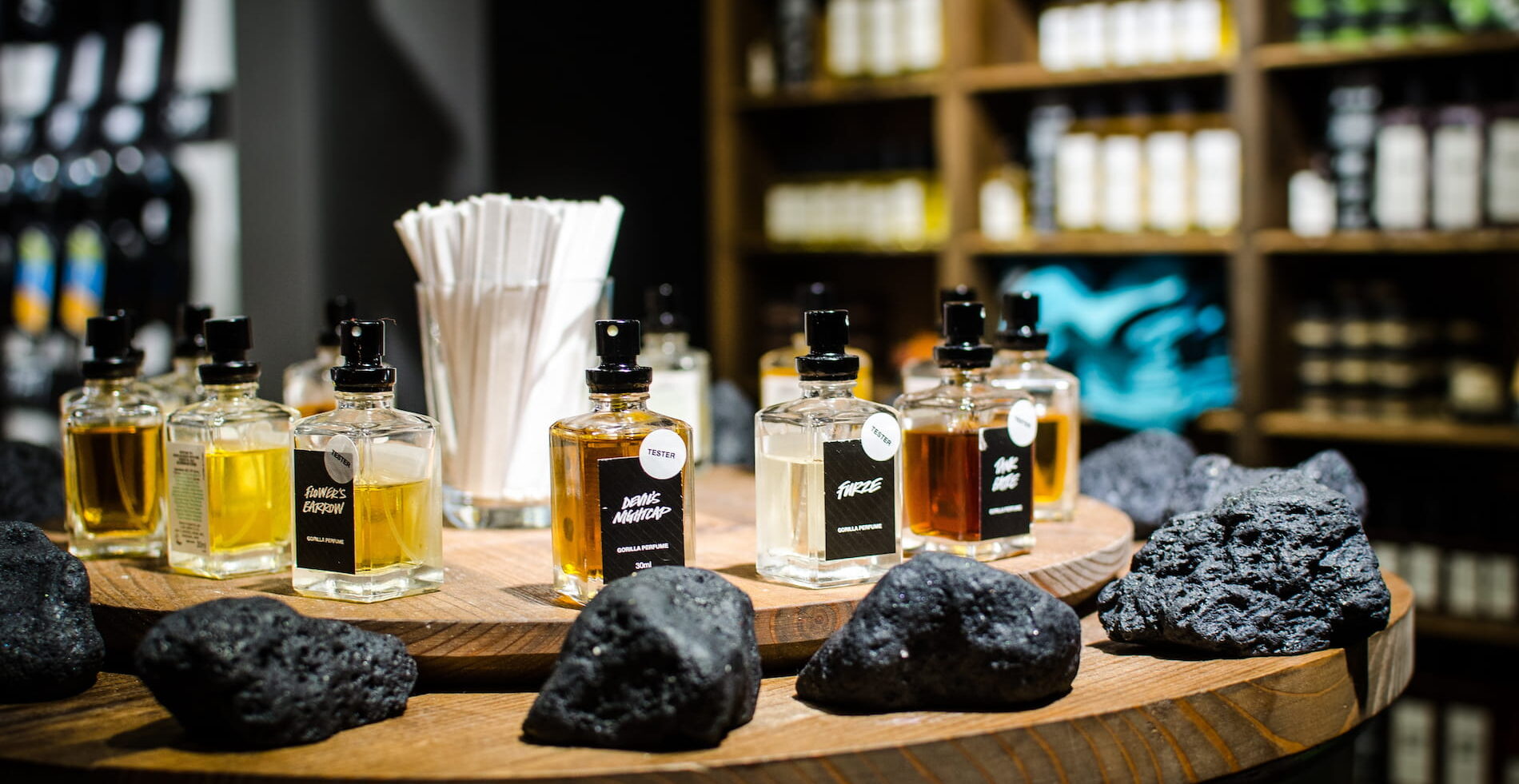The fragrance market in China has experienced significant growth in recent years. In 2022, it reached RMB 16.9 billion, and forecasts suggest it will surge to RMB 38.7 billion by 2026. In 2021, the fragrance penetration rate in China stood at a mere 5%, a marked contrast to the United States (50%) and Europe (42%). This significant difference underscores the considerable growth opportunities within China’s fragrance market, positioning it as a key player in the future expansion of the global perfume market.
Download our guide to Chinese gifting habits

Who are the perfume consumers in China
In 2022, the primary purchasers of perfumes in China were young consumers, particularly those between the ages of 22 and 40. While women still account for 77.4% of perfume sales, more and more Chinese men are embracing the use of perfumes.
Fragrance consumers primarily consist of white-collar workers living in first, new-first, and second-tier cities, with a monthly income ranging from RMB 5,000 to 15,000.
Perfumes becoming a part of daily life
In recent years, fragrance usage has shifted significantly from formal occasions to everyday contexts, seamlessly integrating into various aspects of life. A survey conducted in May 2023 among 972 consumers revealed that 75.3% of consumers use perfume during casual gatherings or leisure activities with friends, while 51.4% and 45.3% respectively use perfume in formal occasions such as school, work or job interviews. Furthermore, about 20% of consumers reported wearing perfume while exercising, with about 10% indicating that they use it across various situations without differentiation.
Fragrance also plays a significant role in fostering for emotional connections. According to iiMedia, 59.7% of consumers choose to use perfume during romantic encounters, such as dates. This romantic allure positions perfume as a valuable gift option for couples, with approximately 25% of respondents expressing their intention to purchase perfume or fragrance products during special occasions like Western Valentine’s Day and 520 in 2023.
Niche brands are gaining ground
In the Chinese fragrance market, fragrances fall into three primary categories: mainstream, niche, and boutique fragrances. Each of these categories provides a unique scent experience, catering to various consumer preferences. Boutique fragrances, often referred to as “沙龙香” (literally salon fragrances) are perceived as more exclusive and sophisticated than mainstream perfumes, and they tend to have a higher price. In 2020, 4 out of the top 10 brands on Tmall with the highest year-on-year sales growth rate were boutique fragrance brands.
This success is attributed to the demand from China’s Generation Z, a population of 250 million, who value uniqueness and personalized experiences, which boutique fragrances provide.
Foreign brands dominate the high-end fragrances market in China
At present, foreign brands predominantly dominate the high-end perfume segment. In 2020, Chanel ranked first by market share on Tmall, accounting for 11.3% of sales, followed by Dior (8.6%), Jo Malone (4.4%), and Yves Saint Laurent (4.2%). Only one local brand, Boitown (冰希黎) managed to secure a place in the top 10 Tmall perfume sales, which accounting for 2.8% of the sales.

The rise of local perfume brands
Starting from 2022, a wave of local perfume brands in China secured financing, including SEVENCHIC, MELT SEASON, Timingbox (节气盒子) , and DOCUMENTS (闻献). These homegrown fragrance brands actively target China’s younger consumer demographic, riding the wave of growing “cultural confidence.”
Their strategy involves crafting products deeply rooted in Chinese tradition, offering scents and packaging that draw inspiration from the country’s rich cultural heritage. Notably, their meticulous attention to detail extends to product naming, often inspired by literary and artistic references. This approach has proven highly effective, resonating with young consumers who appreciate both the cultural depth and the oriental flavors, leading to the cultivation of a loyal and dedicated customer base.

Growing fragrance segments in China
Beyond wearable perfumes, fragrances have found their place in various other application scenarios, including home fragrances, car fragrances, commercial fragrances, and personal care or home cleaning fragrances. Notably, the home fragrance and personal care fragrance markets have a significant reach, while the car fragrance market stands out for its rapid growth.
Home fragrances as a tool for reducing stress
The surge in remote work and COVID-19 lockdowns led to an increased focus on creating comfortable living spaces and a subsequent boost in home fragrance sales. In 2021, China’s home fragrance industry achieved a market size of RMB 6.57 billion, a year-on-year growth of 13.4%, accounting for a big chunk of the overall fragrance market.
Home fragrances have become more than just pleasant scents; they are recognized for their mood-enhancing, stress-reducing, and relaxation-promoting qualities.
Brands are diversifying their product lines with options like essential oils, candles, fireless solutions, and diffusion stones. Among these, essential oils and candles stand out as the consumer favorites. Moreover, these brands are placing a strong emphasis on sustainability, aligning with the growing demand for natural and clean ingredients.

Women drive the growth of the car fragrance industry in China
In 2020, car fragrances accounted for 2.1% of the total fragrance market, experiencing rapid growth at 18%, making it the fastest-growing segment among fragrance subcategories.
Nowadays, more and more women own and purchase their cars in first-tier cities, marking a shift from men traditionally being the primary car buyers. This change is driving increased interest in the automotive fragrance industry among female consumers..
Among car fragrance categories, hanging air fresheners were the most popular products in 2021, accounting for over 60% of sales, followed by fragrant beads at nearly 20%. Liquid car fresheners and sachets made up 10% and 5% of sales, respectively.

Consumers choose car fragrances based on three key factors: the scent’s freshness and appeal, its longevity, and attractive packaging suitable for gifting. Purifying the air and eliminating odors within the vehicle is a top priority for consumers, making car fragrances an excellent choice for gifts.
Exploring the boom in China’s fragrance market
- The fragrance market in China has seen significant growth, reaching RMB 16.9 billion in 2022, with forecasts predicting it to rise to RMB 38.7 billion by 2026.
- Young consumers, particularly those aged 22 to 40, are the primary purchasers of perfumes in China, with increasing interest from Chinese men.
- Local perfume brands in China are gaining prominence, targeting the younger demographic by incorporating Chinese tradition and cultural references into their products.
- The home fragrance market in China achieved substantial growth, reaching RMB 6.57 billion in 2021, driven by the focus on creating comfortable living spaces during the era of remote work and COVID-19 lockdowns.
- Car fragrances in China, especially among female consumers, are a rapidly growing segment, with hanging air fresheners being the most popular product category, followed by fragrant beads, liquid car fresheners, and sachets. Consumers prioritize freshness, longevity, and attractive packaging when choosing car fragrances.





